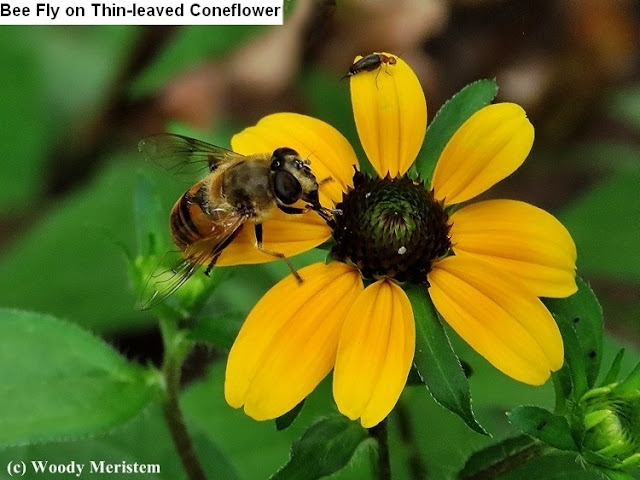In both forest and field and In Forest and Field summer consists of three months – June, July and August. And so, the season of summer has come to an end in the forest where lies the big log featured in both this post and one from last year.
The red oak log has been there for many years, but one of my camera traps was there for only a few weeks last year and the three months of this summer. The camera trap would be there far longer, but a good number of hunters use the area so this camera is never in place during hunting seasons – unfortunately, not everyone is honest.
Although this is a large log, there are even larger live trees nearby. Those trees, some of which are partially hollow, offer nesting places and shelter for woodpeckers and other forest-dwelling songbirds, owls, and mammals that are dependent on tree cavities.
A number of predators prefer to travel on fallen logs – the logs provide an elevated view and, without a cover of fallen leaves, a way to move silently.
Here
are the best videos from the summer –
Since there are now more people in the woods the camera has been removed, perhaps I'll put it back at the log again next summer.




















